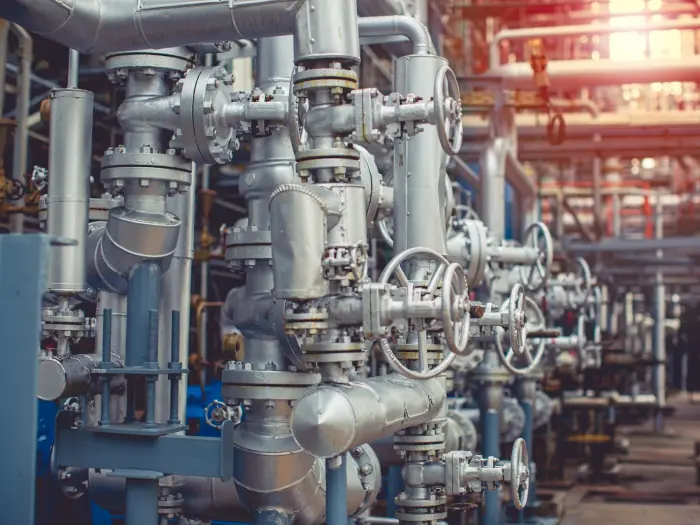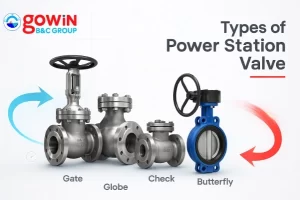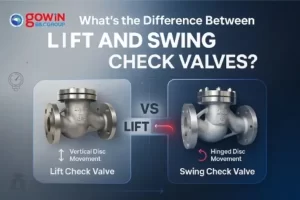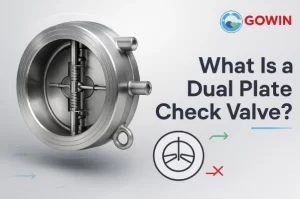Table of Contents
ToggleThe differences between double block and bleed (DBB) and double isolation and bleed (DIB) always come down in their sealing and functionality.
This is where the DBB vs. DIB discussion comes in. While both valves serve a vital role in a pipeline’s reliability, their differences affect the whole operation.
Continue reading if you want to dive deeper into the DBB vs. DIB debate through their different aspects, like definition and advantages.
DBB vs. DIB: Basic Definition
Definition of DIB
A double isolation and bleed valve is composed of two block components and a bleeding valve between them where the pressure or medium can be safely released.
Furthermore, when closed, it creates an extra seal between the block components, providing additional protection against pressure from one side at a time.
DBB’s Meaning
DBB stands for double block and bleed, which is an industrial item too that consists of two block components with a bleeding valve in between. Its sealing components can block pressure from both sides.
Other distinctions between the two valves include their sealing qualities, which are explained further below.
DBB vs DIB: Sealing Capabilities
DIB valves include two block components that can withstand mediums like pressure from only a single flow route while having double-piston effect seats. Thus, in case a block element breaks, this valve can maintain a firm seal and prevent the medium from leaking, whether it is coming from downstream or upstream.
Although DBB’s have two sealing components capable of blocking flow from both sides and its seat had just a single piston effect. As a result, it can only provide a reliable seal against medium in a single direction. If the medium, such as pressure, flows in the opposite direction other than the seal’s intended path, it will leak through the other block component.
DBB vs. DIB: Failure Modes
DIB’s Safe and Lock/Seal
They are designed to have effective isolation from both sides due to their double piston effect. Because of their bidirectional seats, these valves are more complex to manufacture, but this enhances their reliability.
However, the seats may get damaged, resulting in hazardous leaks; hence, it is essential to check them on a regular basis to ensure proper operation.
Double Block and Bleed Valve’s Seal
As mentioned earlier, DBB only had a single piston effect. This implies that while they can have a reliable seal, it is not very effective in isolating the medium if one of the valves fails in the same direction. This is because the medium may leak into the other sealing component because of the seat.
But remember that their reliability entirely depends on the design, material, and application of it.
DBB vs. DIB: More Differences Between Double Isolation Valve and Double Block and Bleed
| Type of Valve | Ideal Application | Maintenance |
| Double Block and Bleed | Excellent for industries that can have potential leaks but are not significantly dangerous, including LNG and regular pipeline systems. | More likely to experience clogging, especially in the bleed valve. So check it often for debris and dirt.But they mostly have self-relieving seats that help manage their pressures and build up the debris effectively. |
| Double Isolation and Bleed | Ideal for high-risk applications, including in the oil and gas industry, because they feature reliable isolation and multiple seals. | Less prone to clogging in the bleed valve; however, users should release pressure in the bleed valve more regularly to avoid buildup, which could cause clogging and damage. Consider going for the DIB-2 design too, which has self-relieving seats compared to other designs to help minimise damage. |
DBB vs. DIB: FAQ
How does a bleeder valve seal work?
The bleeder valve in DBB and DIB works through the operator turning the screw or lever to enable the trapped medium, like air or liquid, to leave the body.
Therefore, this makes them an important component too for DBB and DIB.
What is the purpose of a double block and bleed valve?
Double block and bleed valve primary purposes are to separate a part of the pipe’s system while providing a seal to prevent leaking.
One of its other purposes is enabling safe depressuring or removing trapped liquids before maintenance, which is critical for the safety of employees.
What is the purpose of a double isolation valve?
Double isolation valves have multiple purposes, such as preventing contamination between different mediums in the upstream and downstream paths of the system.
Furthermore, they are designed to become effective seals that prevent leaks, especially during maintenance.








